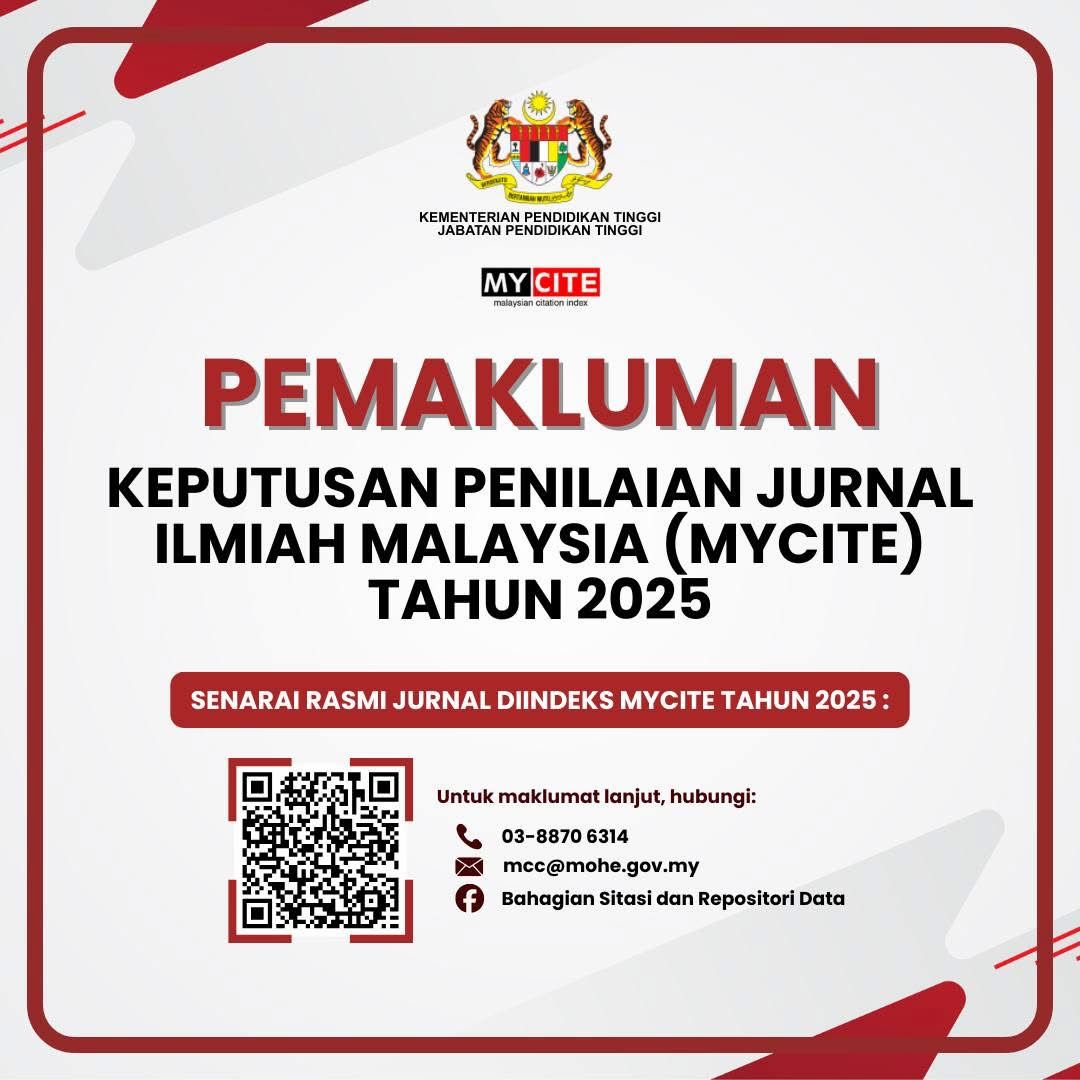Visual Analysis Study of Motion Graphic Effect as Visual Communication for Mental Health Empowerment
DOI:
https://doi.org/10.24191/idealogy.v9i2.496Keywords:
Motion Graphics, Visual CommunicationAbstract
This study analyses the effectiveness of motion graphics in promoting mental health through qualitative content analysis. The study demonstrates the significance of visual elements, design concepts, and motion effects for disseminating ideas and empowering individuals. Color, typography, and images can elicit emotions, encourage empathy, and strengthen audience connections. Storytelling and message delivery are enhanced by motion effects such as pacing, timing, and animation techniques. This study contributes to the growing knowledge of visual communication and mental health and offers designers, practitioners, and stakeholders’ valuable insights. More research is necessary to determine the long-term effects and efficacy of motion graphics in real-world settings and to develop evidence-based plans for their application in mental health promotion and support.
Keywords: Motion Graphics, Motion Effects, Visual Communication, Mental Health
References
Low, L. M., Ibrahim, N., & Ismail, S. (2019). Attitudes towards mental health literacy and help-seeking among Malaysian youth: A qualitative study. BMC Psychiatry, 19(1), 157. doi: 10.1186/s12888-019-2147-7
Tindall, L. (2009, November 11). J.A. Smith, P. Flower and M. Larkin (2009), Interpretative Phenomenological Analysis: Theory, Method and Research. Qualitative Research in Psychology, 6(4), 346–347. https://doi.org/10.1080/14780880903340091
Jaeschke, K., Hanna, F., Ali, S., Chowdhary, N., Dua, T., & Charlson, F. (2021). Global estimates of service coverage for severe mental disorders: findings from the WHO Mental Health Atlas 2017 – Addendum. Global Mental Health, 8. https://doi.org/10.1017/gmh.2021.30
Jeong, E., & Jang, S. (Shawn). (2016). Imagine yourself being healthy: The mental simulation effect of advertisements on healthy menu promotion. International Journal of Hospitality Management, pp. 53, 81–93. https://doi.org/10.1016/j.ijhm.2015.11.005
Bennett, J. (2022, November 10). Visual communication and mental health. Visual Communication, 22(1), 46–70. https://doi.org/10.1177/14703572221130451
Duffy A, Saunders KEA, Malhi GS, Patten S, Cipriani A, McNevin SH, MacDonald E, Geddes J. Mental health care for university students: a way forward? Lancet Psychiatry. 2019 Nov;6(11):885-887. doi: 10.1016/S2215-0366(19)30275-5. Epub 2019 July 16. PMID: 31324561.
Tuan M. Salman, T. M. I., Abd. Wahid, N., Mohd Yunus, A., Mohd Yusoff, Z., & Ariffin, M. R. (2022). Factors of Depression Among University Students in Malaysia] Faktor Kemurungan di Kalangan Pelajar Universiti Di Malaysia. International Journal of Islamic Products and Malay Civilization, 1(1), 128–146. Retrieved from https://journal.unisza.edu.my/inspire/index.php/inspire/article/view/11
Muhamed Ganasan, H., & Azman, N. (2021, October 10). Kesihatan Mental dan Motivasi Pelajar Semasa Pembelajaran Dalam Talian Sepanjang Pandemik Covid-19. Malaysian Journal of Social Sciences and Humanities (MJSSH), 6(10), 25–40. https://doi.org/10.47405/mjssh.v6i10.1100
Vereenooghe, L., Trussat, F., & Baucke, K. (2020). Applying the Technology Acceptance Model to Digital Mental Health Interventions: A Qualitative Exploration with Adults with Intellectual Disabilities. Journal of Mental Health Research in Intellectual Disabilities. https://doi.org/10.1080/19315864.2021.1929597.
Pile, V., Williamson, G., Saunders, A., Holmes, E., & Lau, J. (2021). Harnessing emotional, mental imagery to reduce anxiety and depression in young people: an integrative review of progress and promise.The Lancet. Psychiatry. https://doi.org/10.1016/S2215-0366(21)00195–4.
Downloads
Published
Issue
Section
License
UiTM Press (the Publisher) has agreed to publish the undersigned author’s paper in Idealogy Journal. The agreement is contingent upon the fulfilment of a number of requirements listed below.
1. The undersigned author warrants that the paper entitled below is original, that it is not in any way libellous or unlawful in Malaysia, that it does not infringe any copyright or other proprietary right. The undersigned hereby represents and warrants that he/she is the author of the paper, except for material that is clearly identified as to its original source, with permission notices from the copyright owners where required. The undersigned represents that he/she has the power and authority to sign and execute this agreement.
2. The undersigned author warrants that the paper entitled below has not been published elsewhere, and also it will not be submitted anywhere else for publication prior to acceptance/rejection by this Journal.
3. By submitting the paper entitled below, the undersigned author agrees to transfer the rights to publish and distribute the paper in an international e-journal (entitled above) to Publisher.
4. The undersigned author agrees to make a reasonable effort to conform to Publisher's submission guidelines and to liaise with the editor to ensure that the requirements of these guidelines are met to a reasonable degree.
5. The corresponding author signs for and accepts responsibility for releasing this material on behalf of any and all coauthors. This agreement is to be signed by at least one of the authors who has obtained the assent of the co-author(s) where applicable. After submission of this agreement signed by the corresponding author, changes of authorship or in the order of the authors listed will not be accepted.




